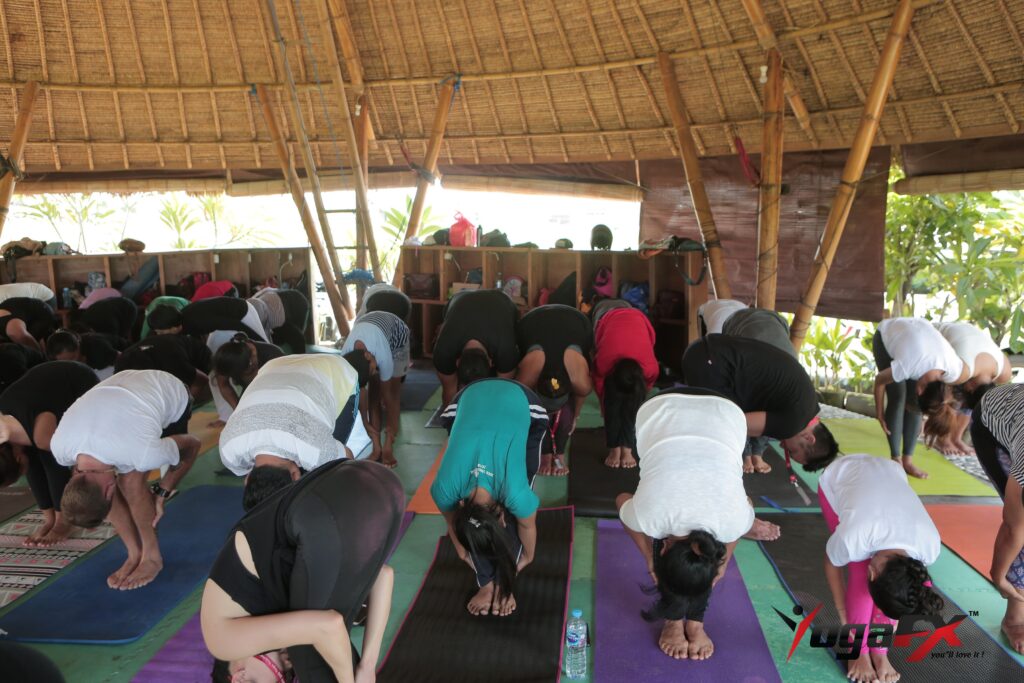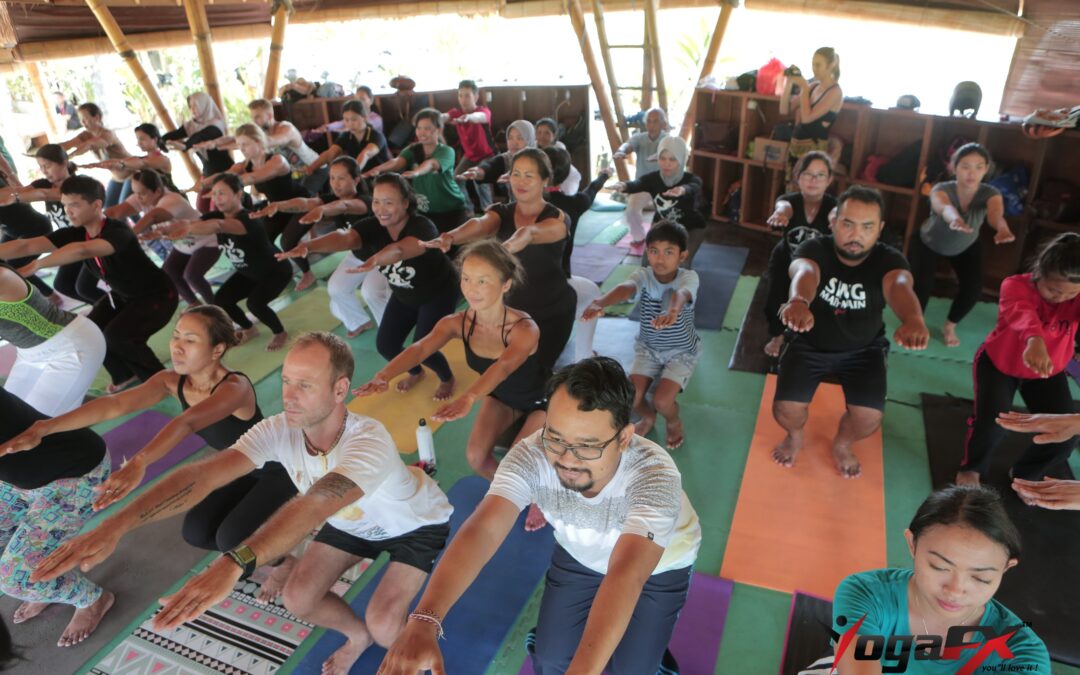Are you seeking relief from the chronic pain and fatigue associated with fibromyalgia? Look no further than yoga for fibromyalgia. Fibromyalgia, a complex condition characterized by widespread pain, fatigue, and sleep disturbances, can significantly impact one’s quality of life. However, yoga offers a gentle and holistic approach that integrates the mind, body, and breath, providing relief from pain, improving flexibility, and promoting overall well-being. In this article, we will explore the therapeutic benefits of yoga for fibromyalgia, including hot yoga, 26 and 2 yoga, and Bikram yoga, and how they can support your journey towards healing and restoration. Let’s delve into the world of yoga and discover how this ancient practice can help you find relief from fibromyalgia symptoms.

Understanding Fibromyalgia
Fibromyalgia affects millions of people worldwide, causing persistent pain, fatigue, and other debilitating symptoms. The exact cause of fibromyalgia is still unknown, but it is believed to involve a combination of genetic, environmental, and psychological factors. Living with fibromyalgia can be challenging, as individuals often face a range of physical and emotional difficulties that impact their daily lives. Traditional treatments for fibromyalgia include medications, physical therapy, and lifestyle modifications. However, many individuals with fibromyalgia are turning to alternative and complementary therapies to manage their symptoms and improve their overall well-being.
“Your Mind Don’t Tire Your Brain Gives Up”
The Mind-Body Connection in Yoga
Yoga is rooted in the understanding that the mind and body are interconnected. It recognizes that our physical well-being is influenced by our mental and emotional state, and vice versa. By practicing yoga, individuals with fibromyalgia can tap into this mind-body connection and experience a holistic approach to healing. Yoga combines physical postures (asanas), breath control (pranayama), and meditation to bring balance and harmony to the body and mind. Through the practice of yoga, individuals can reduce stress, alleviate pain, improve sleep, and enhance overall well-being.

Therapeutic Benefits of Yoga for Fibromyalgia
1. Alleviating Chronic Pain:
Chronic pain is one of the hallmark symptoms of fibromyalgia. Yoga, including hot yoga, 26 and 2 yoga, and Bikram yoga, can help alleviate pain by increasing blood flow, releasing muscle tension, and promoting relaxation. The gentle and controlled movements in these yoga styles can help individuals with fibromyalgia manage their pain and improve their overall physical comfort.
2. Enhancing Flexibility and Range of Motion:
Fibromyalgia often leads to muscle stiffness and reduced flexibility. Yoga poses gently stretch and strengthen the muscles, improving joint mobility and range of motion. Regular practice can help individuals with fibromyalgia experience greater freedom of movement and improved overall physical function.
3. Reducing Fatigue and Improving Energy Levels:
Chronic fatigue is a common symptom experienced by individuals with fibromyalgia. Yoga can help combat fatigue by promoting deep relaxation, reducing stress levels, and restoring energy. Specific yoga sequences, including restorative poses and gentle energizing practices, can invigorate the body and revitalize the mind.
4. Promoting Better Sleep:
Sleep disturbances are a common complaint among individuals with fibromyalgia. The practice of yoga, especially before bedtime, helps calm the nervous system, release tension, and prepare the body for restful sleep. Incorporating relaxation techniques, such as gentle stretching and guided meditation, can support a more restorative sleep pattern.
Practicing Yoga Safely with Fibromyalgia
When practicing yoga with fibromyalgia, it’s important to approach it with patience, compassion, and self-awareness. It’s crucial to listen to your body’s signals and practice self-care to avoid overexertion and potential flare-ups. It’s recommended to work with a qualified yoga instructor experienced in yoga for fibromyalgia to ensure that your practice is adapted to suit your individual needs and limitations. They can guide you in modifying poses, offer variations, and provide a supportive environment.
Integrating Yoga into Your Fibromyalgia Management Plan
Yoga can be a valuable addition to your comprehensive fibromyalgia management plan. Alongside traditional treatments, yoga offers a holistic approach that addresses the physical, mental, and emotional aspects of the condition. Regular yoga practice can complement other treatments by reducing pain, improving sleep quality, managing stress, and enhancing overall well-being. It’s important to consult with your healthcare professional before starting any new exercise program, including yoga, to ensure it is suitable for your specific condition and any potential limitations.

Conclusion
In conclusion, yoga, including hot yoga, 26 and 2 yoga, and Bikram yoga, offers therapeutic benefits for individuals with fibromyalgia. By embracing the mind-body connection, yoga provides a holistic approach to managing the symptoms of fibromyalgia, including pain, fatigue, and sleep disturbances. Incorporating yoga into your fibromyalgia management plan can help alleviate symptoms, improve overall well-being, and enhance your quality of life. If you’re interested in deepening your knowledge of yoga for fibromyalgia, consider exploring hot yoga teacher training, 26 and 2 yoga teacher training, or Bikram yoga teacher training programs. These specialized trainings, such as the Bikram Hot YogaFX teacher training offered by YogaFX, can equip you with the necessary skills and knowledge to support others on their healing journey. Embrace the healing power of yoga and embark on a path of self-discovery and restoration for fibromyalgia relief.
“Past is a series of moments all perfect and in place just a moment in time”

